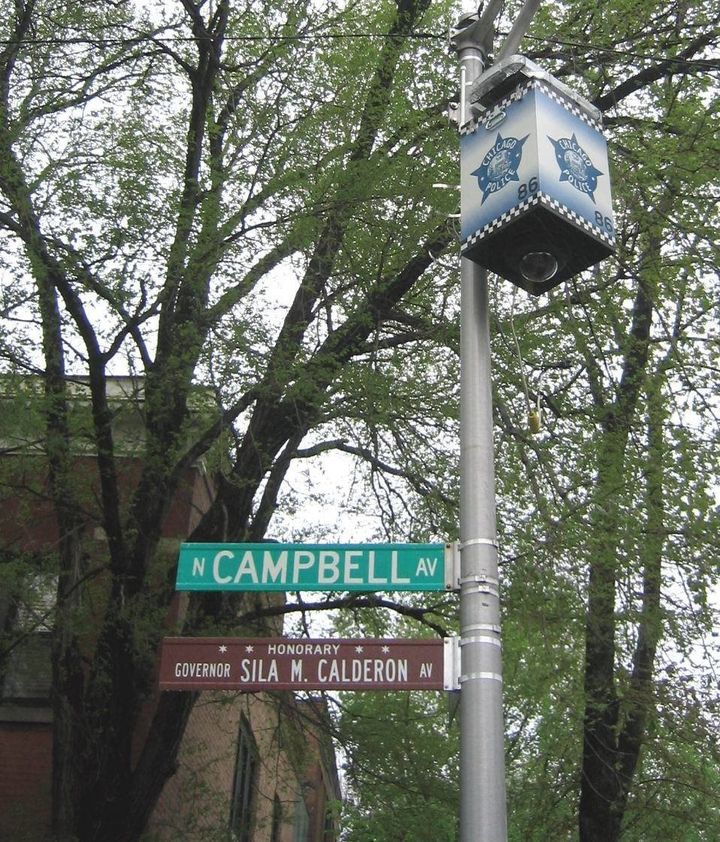
A new study on the effectiveness of blue light police cameras found that crime rates do decrease as camera presence increases, but that poor video quality diminishes the footage's value in court.
Findings released Monday by the Urban Institute in Washington, D.C. looked at camera systems in Chicago, Washington and Baltimore, using Humboldt Park and West Garfield Park as Chicago's sample areas. In Humboldt Park, where there are 53 cameras per square mile, crime decreased more than 12 percent from 2001 to 2006, according to the Chicago Sun-Times. In West Garfield Park there are 36 cameras per square mile, and crime didn't decrease at all.
Urban Institute director Nancy La Vigne warns that the cameras lose their deterrent power if police don't habitually monitor and respond to on-camera crime effectively, because "the offenders are going to get wise to that pretty quickly," she told WBEZ.
Chicago police officers have made more than 5,000 camera-related arrests since 2006, Lt. Maureen Biggane, a spokeswoman for the CPD, told the Sun-Times. But poor video quality has undermined the validity of blue light camera footage in court, and it's considered an unreliable way to identify a suspect, prosecutors say. Blue light camera footage also rarely includes high-profile crimes that reach a courtroom.
“When it comes to blue light cams, they almost never capture the crimes that we review,” Sally Daly, a spokeswoman for Cook County State’s Attorney Anita Alvarez, told the Sun-Times. “No one I spoke to here can recall a case where we utilized these cameras to gain a conviction,” though cameras have helped prove or disprove witnesses' accounts of a crime, she said.
La Vigne added that there was no evidence of a "displacement" effect, which they tested by examining crime rates 200 and 1,000 feet away from the cameras, dispelling the fear that crime would migrate away from surveillance areas into surrounding neighborhoods, WBEZ reports.
Although the results weren't consistent, the report finds that the 2,000 cameras were still worth their $6.8 million price tag, netting a $4 societal benefit for every dollar spent, the study reports.
The blue-light cameras are part of a network of 8,000 cameras connected to the city's emergency system, according to the Sun-Times.
Flickr photo by get directly down.